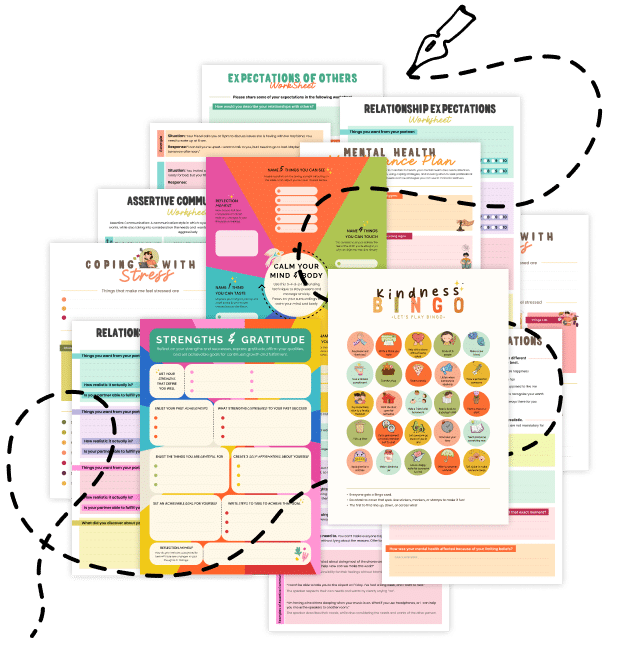20 Things About The Encoding Specificity Principle
The Encoding Specificity Principle is a key idea in cognitive psychology that explains how our memory works best when the cues present at the time of learning match those at the time of recall. In this post, you’ll discover 20 engaging insights into this principle and learn how to harness it for improved memory, learning, and everyday recall.
1. What Is The Encoding Specificity Principle?
This principle suggests that memory retrieval is most effective when the context at encoding is similar to the context during recall.
2. Memory Is Context-Dependent
Your surroundings, emotions, and sensory inputs during learning can become part of the memory, making recall easier when those conditions are recreated.
3. The Role of Retrieval Cues
Specific cues—whether visual, auditory, or emotional—serve as triggers that help you access stored memories.
4. Matching Context Enhances Recall
Studying in the same setting where you’ll later need to retrieve information can significantly boost memory performance.
5. Different Types of Cues
Memory cues can be environmental, such as a particular room, or internal, like your mood, both playing a crucial role in recall.
6. Importance in Everyday Life
From remembering where you left your keys to recalling a conversation, everyday memory often relies on matching contextual cues.
7. Applications in Education
Students can benefit by creating study environments that mirror testing conditions, leveraging the Encoding Specificity Principle for better exam performance.
8. Enhancing Test Performance
Using familiar cues from your study sessions during an exam can trigger the correct memories and improve recall under pressure.
9. Role of Emotional States
Your emotional state during learning is encoded along with the information, so similar emotions during recall can aid memory retrieval.
10. Visual Cues and Memory
Images, colors, and spatial arrangements can serve as strong memory triggers, making visual aids powerful tools for learning.
11. Auditory Cues in Learning
Music, background sounds, or even a particular tone of voice can be encoded with information, assisting with later recall.
12. Smell and Taste as Memory Triggers
Scents and flavors are uniquely tied to memory, often evoking vivid recollections from the past.
13. Practical Techniques for Memory Improvement
Utilize distinctive and consistent cues during study sessions to create a strong link between the information and its context.
14. The Power of Repetition and Reinforcement
Repeating information in the same context reinforces the encoded memory, making it easier to retrieve later.
15. Encoding Specificity in Digital Learning
Online platforms can mimic environmental cues through consistent design and interactive elements to boost retention.
16. Study Habits That Leverage This Principle
Adopt study strategies like self-testing and flashcards that incorporate specific cues to strengthen memory recall.
17. Research Backing the Principle
Numerous studies have shown that matching context and cues during encoding and recall significantly improves memory performance.
18. Challenges in Using Encoding Specificity
Changes in context, such as a new environment or altered emotional state, can sometimes hinder recall despite previous learning.
19. Adapting to Different Learning Environments
Develop flexible study habits that incorporate multiple cues, allowing you to transfer knowledge even in varied settings.
20. Related Topics to Explore
- Context-Dependent Memory: Discover how the environment influences the ease of recalling memories.
- Memory Reconsolidation: Learn about the process of updating and strengthening memories after recall.
- Active Recall vs. Passive Review: Understand the benefits of actively retrieving information versus passive studying.
- Metamemory: Explore your awareness and understanding of your own memory processes.
Quick Tips to Boost Encoding Specificity
- Recreate Your Study Environment: Align your learning space with the conditions you expect during recall.
- Use Specific, Unique Cues: Develop distinct associations—like colors, sounds, or scents—that link directly to the material you learn.
- Practice Retrieval: Regularly test yourself using the same cues present during your study sessions.
- Incorporate Multiple Senses: Engage various senses to create richer, more memorable encoding experiences.
- Organize Your Material: Structure your notes in a way that makes it easier to recall details with matching cues.
By understanding and applying the Encoding Specificity Principle, you can enhance your memory and learning efficiency. Use these insights and tips to create a study environment that supports long-term retention and makes recalling information easier when you need it most.


